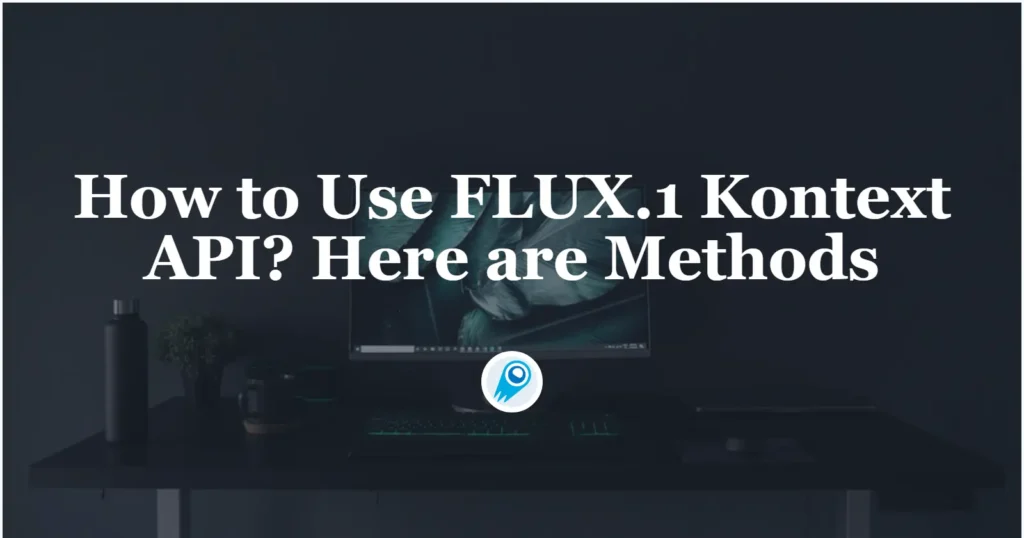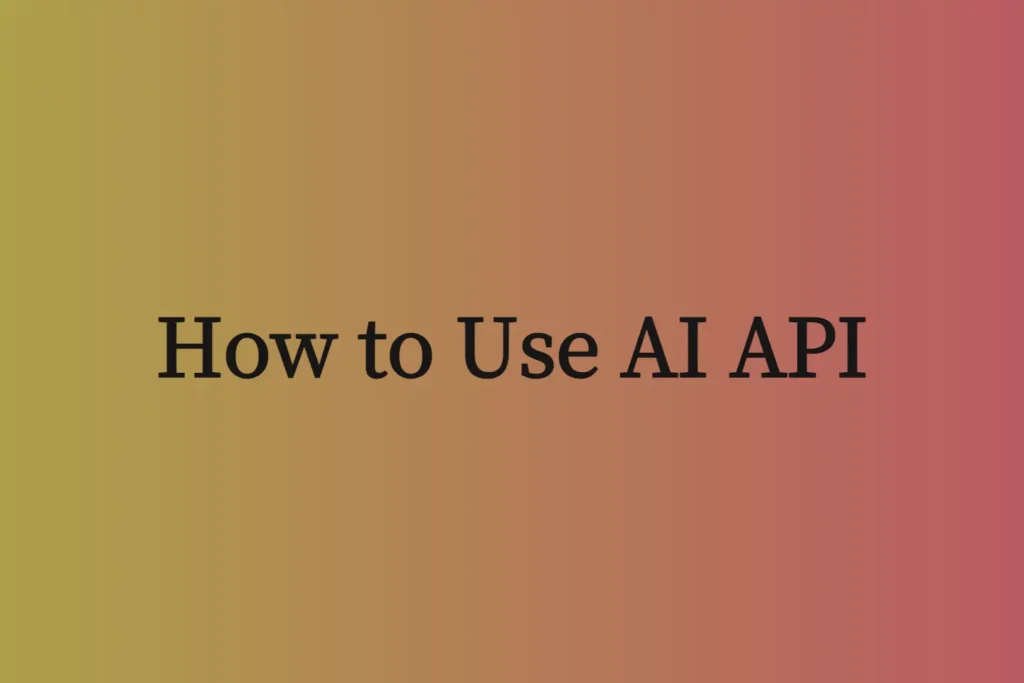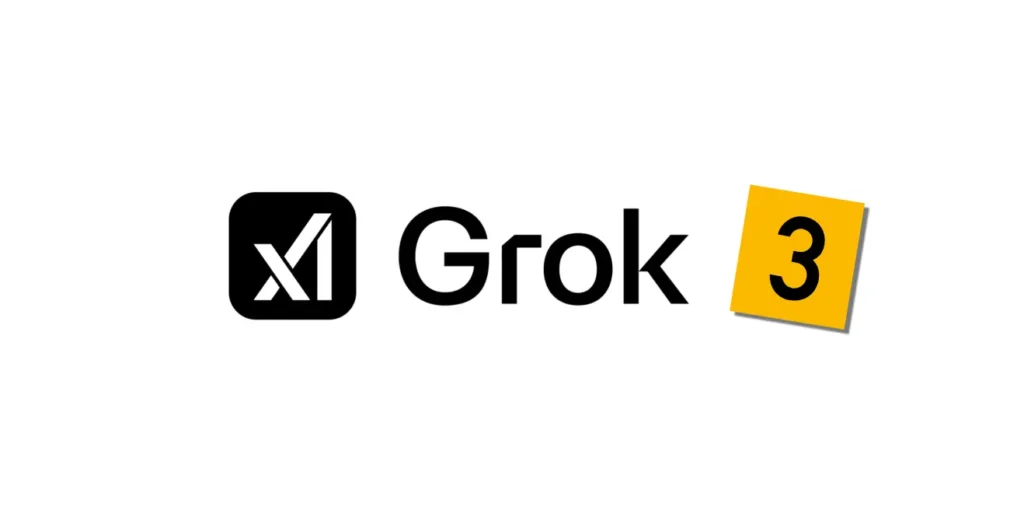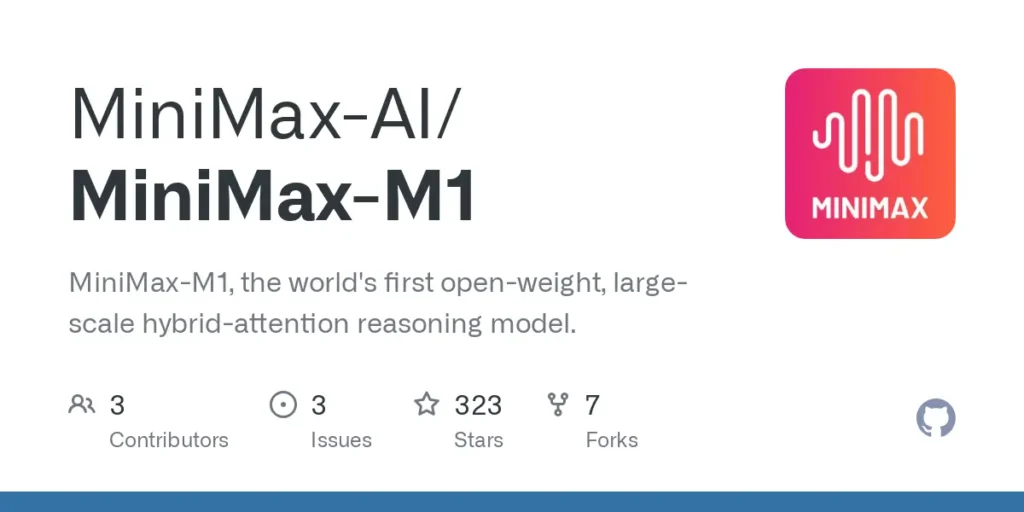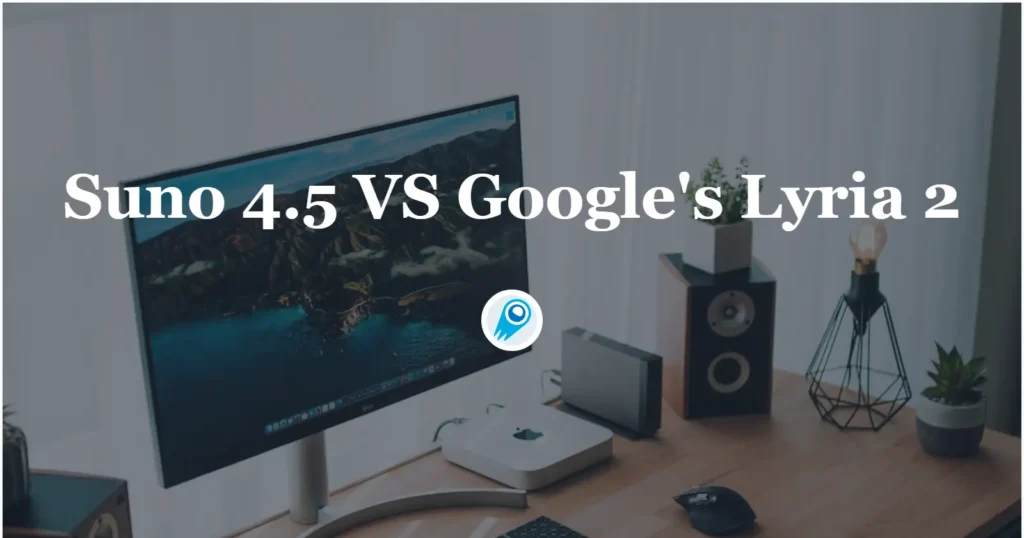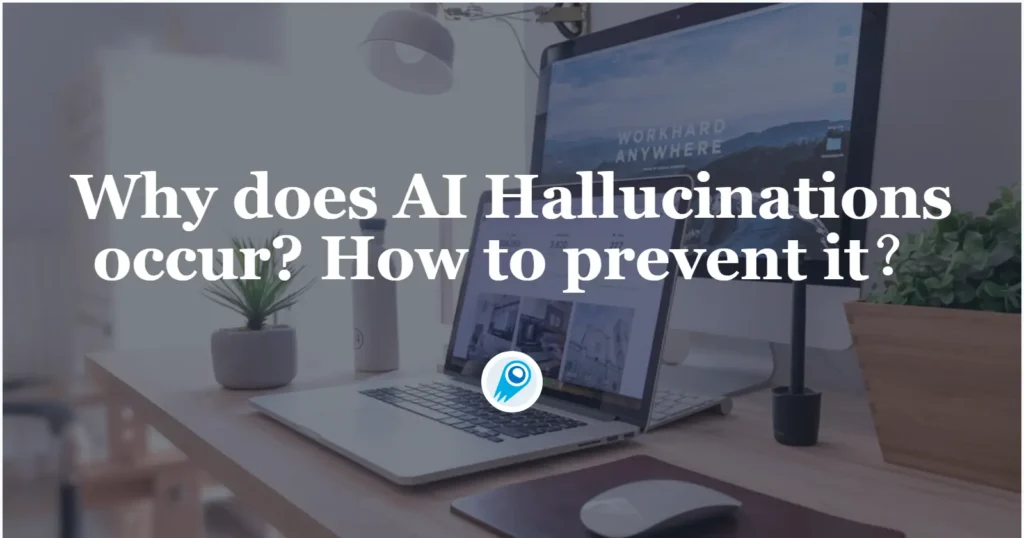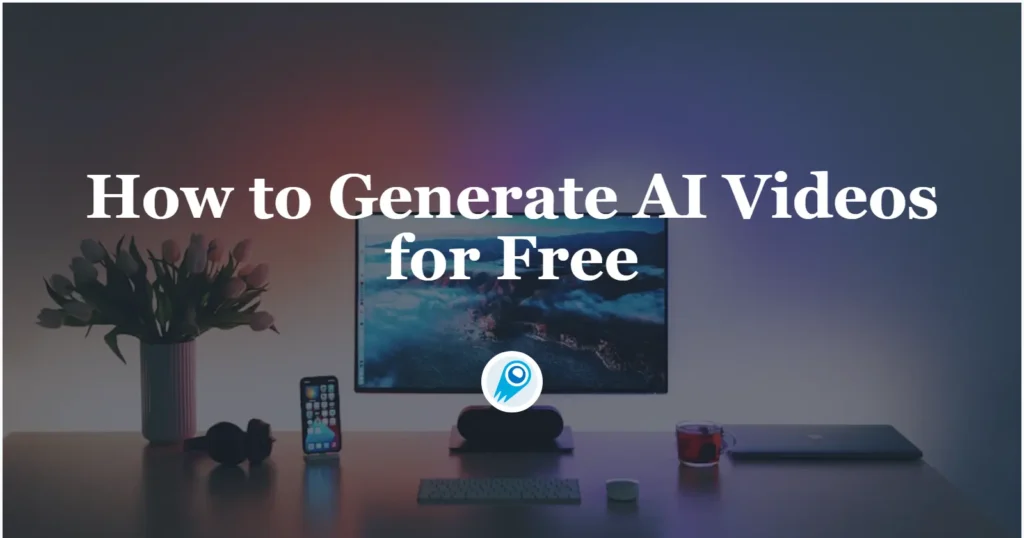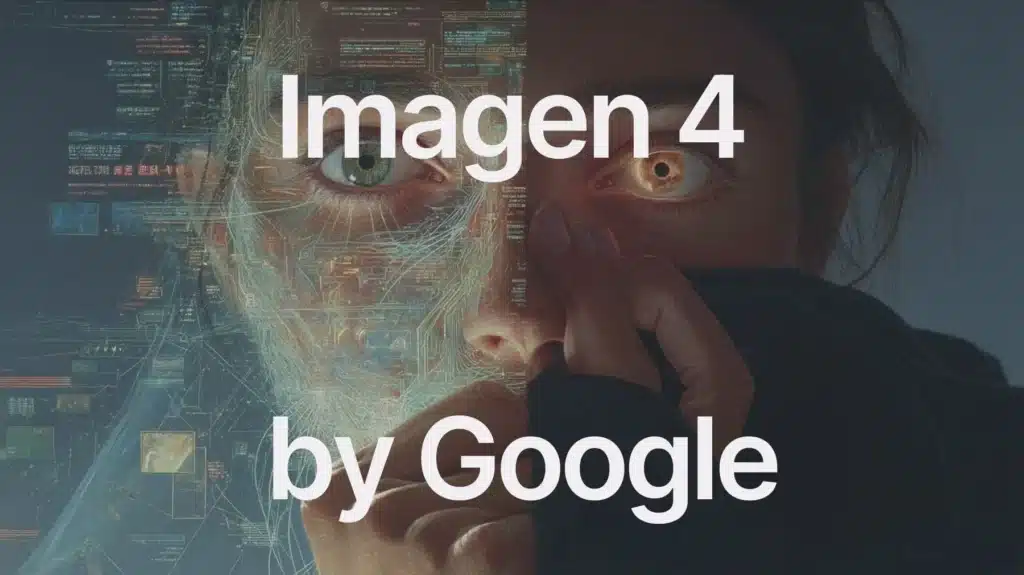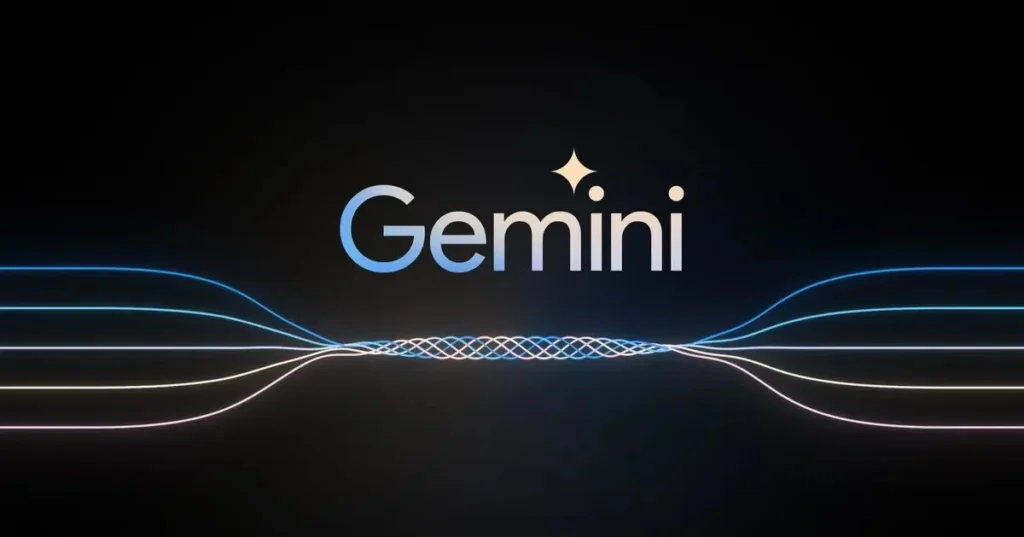When you’re looking to elevate your creative workflows with AI-driven image generation and editing, FLUX.1 Kontext API is a game-changer. In this article, we’ll walk through everything you need to know—from the fundamentals to advanced best practices. We’ll dive into real-world examples, and guide you step by step so that by the end, you’ll be […]
How to Use AI API
Using an AI API (Application Programming Interface) is the standard way for developers to integrate powerful AI capabilities, like text generation, image analysis, or language translation, into their own applications without having to build the complex models themselves. It is a more in-depth, step-by-step walkthrough of how to call any AI model using the familiar […]
Does Grok 3 Have a Limit? All You Need to Know
In the rapidly evolving landscape of AI-powered conversational assistants, Grok 3 has emerged as one of the most talked-about models, promising unprecedented capabilities. Yet, questions swirl around its practical boundaries: does Grok truly offer limitless context processing, or are there hidden ceilings in its architecture and service plans? Drawing on the latest announcements, developer blogs, […]
FLUX.1 Kontext API
The Flux.1 Kontext API offers a unified, RESTful and SDK-accessible interface for seamless multimodal image generation and iterative in-context editing, allowing developers to combine text and visual prompts into a single flow-matching workflow.
Model Type: Image Generation
What is MiniMax-M1? All You Need to Know
On June 17, 2025, Shanghai-based AI leader MiniMax (also known as Xiyu Technology) officially released MiniMax-M1 (hereafter “M1”)—the world’s first open-weight, large-scale, hybrid-attention reasoning model. Combining a Mixture-of-Experts (MoE) architecture with an innovative Lightning Attention mechanism, M1 achieves industry-leading performance in productivity-oriented tasks, rivaling top closed-source systems while maintaining unparalleled cost-effectiveness. In this in-depth article, […]
Suno 4.5 VS Google’s Lyria 2: Which is Better
As AI-generated music continues to evolve at breakneck speed, two platforms have risen to prominence in mid-2025: Suno 4.5 and Google’s Lyria 2. Whether you’re a solo creator looking to craft your next hit or part of a studio seeking enterprise-grade fidelity, these models promise to reshape how we make and experience music. In this […]
Why does AI Hallucinations occur? How to prevent it?
Artificial intelligence (AI) systems have demonstrated extraordinary capabilities in recent years. Yet, one persistent challenge remains: AI hallucinations, where models confidently produce incorrect or fabricated information. This article explores why AI hallucinates and examines whether, and to what extent, we can prevent these errors. AI hallucinations are not mere glitches or bugs; they are a […]
How to Generate AI Video for Free? All You Want to Know
AI videos generation has transformed content creation, allowing individuals and businesses to produce engaging videos with minimal effort and cost. Recent advancements from tech giants have brought powerful AI video tools into the hands of everyday users. In this article, we explore the latest developments and walk you through practical steps to create high-quality AI […]
Can Gemini Generate images for free?
Google’s Gemini AI has rapidly evolved into a versatile multimodal platform, capable of understanding and generating text, audio, and images. Since its initial release, Google has continuously expanded Gemini’s capabilities, introducing image generation powered by advanced models like Imagen 4 and Gemini 2.0 Flash. This article examines whether Gemini can generate images for free, exploring […]
Is Gemini Advanced Worth It?
As artificial intelligence continues to permeate both enterprise workflows and consumer applications, Google’s Gemini Advanced subscription has emerged as a leading contender in the race for premium AI experiences. Launched as part of the Google One AI Premium plan,it promises faster response times, deeper reasoning, expanded context windows, and seamless multimodal interactions. But with a […]

